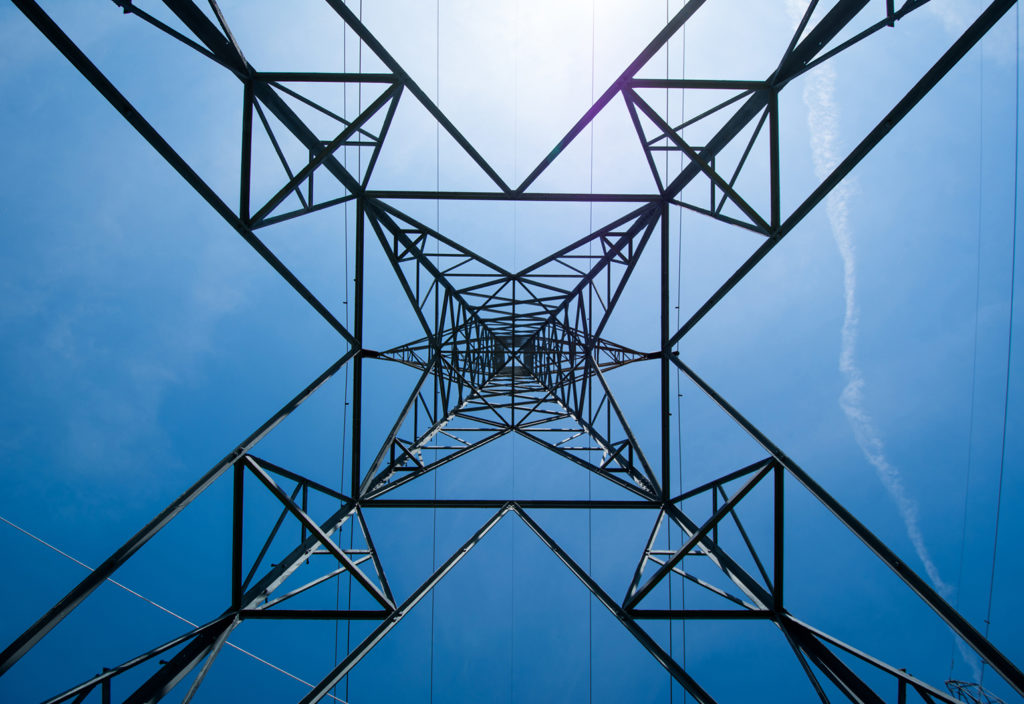The concept aims to eliminate brownouts and blackouts by redesigning how electricity is distributed within power grids.
Researchers at the University of British Columbia’s (UBC) Okanagan School of Engineering, supported by the Natural Sciences and Engineering Research Council of Canada, have proposed a redesign of power grids to protect against outages.
This power system consists of multiple microgrids that have the ability to disconnect from the main power supply, creating ‘islands’ that can run independently when needed. In the case of a failure of the main system, these microgrids could provide electricity to smaller geographical areas such as cities and large neighbourhoods.
“The microgrid will recognise the problem in the main power system and will isolate itself, avoiding previously inevitable power outages,” said Yuri Rodrigues, an electrical engineering doctoral student at UBC and the study’s co-author.
According to Rodrigues, their testing has so far indicated this approach can significantly enhance microgrid autonomy and stability with no impact on the wider power system. This should reduce or eliminate brownouts and blackouts, as well as decrease the network’s demand and improve the self-sufficiency of the microgrid.
However, their research paper, published in the International Journal of Electrical Power and Energy Systems, noted that in stand-alone operation, microgrids are susceptible to potential shortages in generation capacity, requiring “a consideration of all technically feasible opportunities to conserve energy in order to keep the islanded grid operational for as long as possible”.
Rodgrigues likened it to the difference between using sports mode and eco mode in a car.
“Our new proposed method takes a more sustainable approach, allowing the microgrids to conserve power so any shortfall can be better handled by the microgrid itself,” Rodrigues said.
“There are many components that make up a power system from generation to distribution before electricity arrives in the outlets of consumers. Creating a system this is more self-sufficient, robust and sustainable is key to creating a reliable and blackout-free experience for future power consumers.”



